For oral care brands, user comfort is a major factor in product success. As using teeth whitening devices becomes more popular, users frequently report an unexpected side effect: excessive saliva production. This blog explores whether it’s a normal phenomenon during using a teeth whitening device, and how this feedback should influence your product development or supplier choice.
When a person places a whitening tray, mouthpiece LED device, or gel applicator into their mouth, the body often responds by secreting a lot of saliva. This is a natural protective reflex triggered by:
Foreign object detection – The oral cavity identifies the tray or device as something that needs lubrication or swallowing.
Chemical sensitivity – Even safe whitening agents like carbamide peroxide or hydrogen peroxide may mildly stimulate the salivary glands.
Increased mouth closure – Devices require the user to keep the mouth closed, which restricts airflow and signals salivation.
From a user perspective, this can be uncomfortable—but medically, it is considered a normal phenomenon during using a teeth whitening device.
Generally, excess saliva does not impact the effectiveness of most teeth whitening treatments, especially if the product is well-designed. However, poorly fitted trays or overly fluid formulas may be diluted by saliva, reducing efficacy.
For this reason, teeth whitening manufacturing must consider saliva interaction during product design by:
Designing snug-fitting trays or mouthpieces.
Using viscous gels that resist dilution.
Limiting treatment time to manageable sessions (10–20 minutes).
When choosing a manufacturer or formulating a new product, consider features that enhance comfort and manage saliva naturally. Look for these design qualities:
Ergonomic mouthpieces that reduce the gag reflex.
Flavor-masked gels to reduce oral irritation.
Saliva management guidance in user manuals, including pre-treatment recommendations (like swallowing or lightly brushing teeth beforehand).
Partnering with an experienced teeth whitening manufacturing provider ensures your product balances efficacy with real-world comfort.
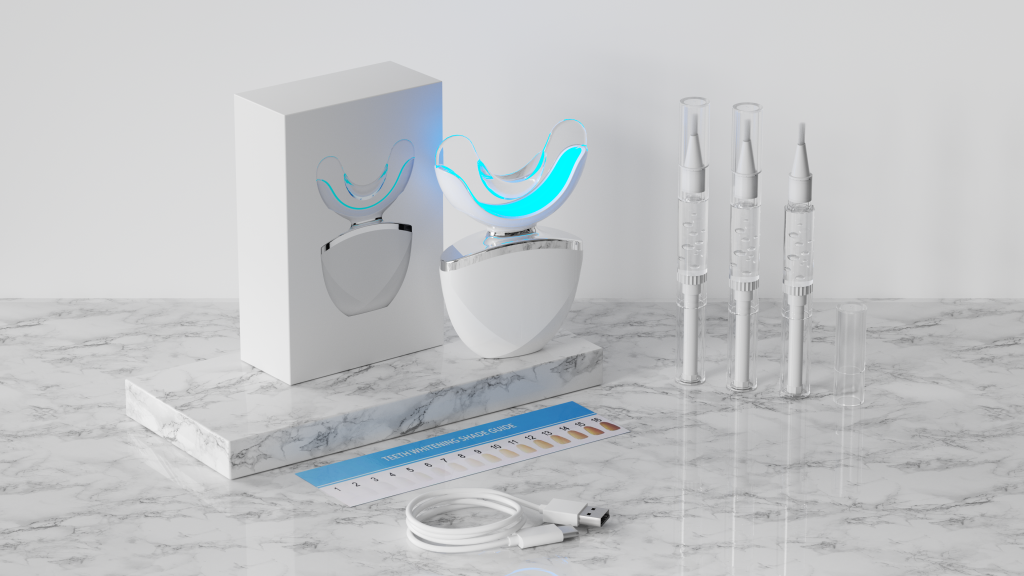
-3-1024x576.png)
Education is key. Many users abandon whitening kits due to sensations they didn’t expect. Brands can retain trust by clearly stating that saliva secretion is normal and harmless during use. Good user guides should include:
Reassurance that excess saliva is temporary.
Tips on swallowing discreetly during treatment.
Reminders not to rinse prematurely, as it may reduce results.
Proactive customer support around these issues sets your brand apart.
In summary, yes—it is normal to secrete a lot of saliva when using a teeth whitening device. While this may concern some users, it’s a harmless side effect that can be addressed through thoughtful product design, user education, and professional teeth whitening manufacturing. For oral care brands looking to scale or differentiate, partnering with a manufacturer who understands user experience at every stage—from chemistry to ergonomics—is critical. By prioritizing comfort without compromising results, your brand will build lasting loyalty in a competitive market.
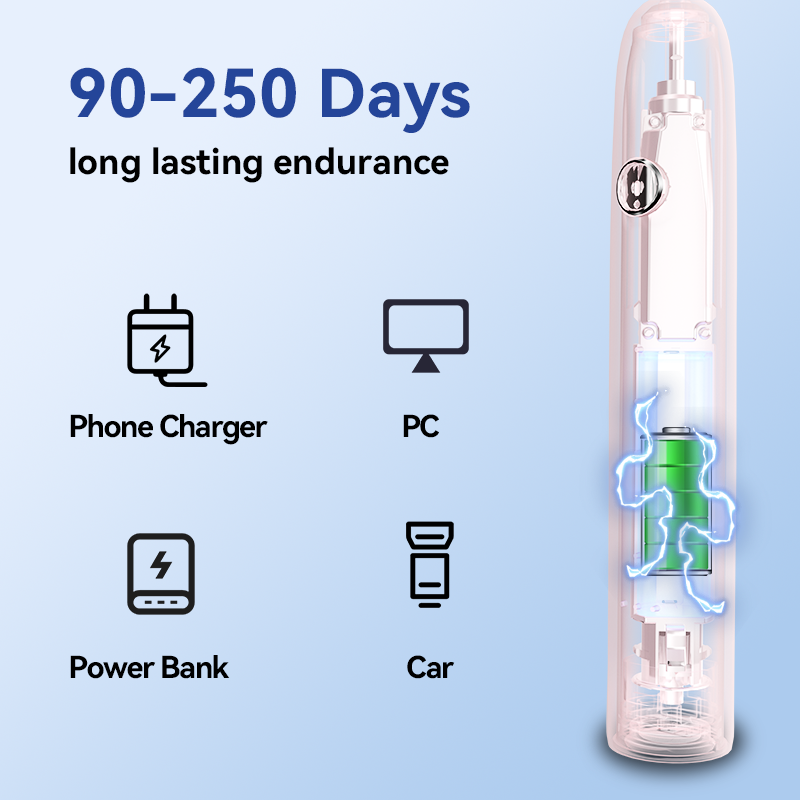
Want Hollywood smiles? Dental veneers via cosmetic dentistry — worth it?
-2-scaled.png)
The Scientific Principle of Red and Blue Light Teeth Whitening Device: How Can 460nm Blue Light and 630nm Red Light Safely Whiten Teeth?
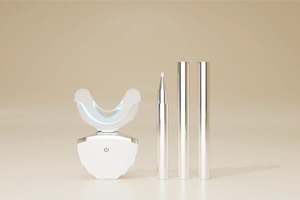
Complete Analysis of Teeth Whitening Gel Ingredients: Safe Hydrogen Peroxide Levels, Desensitizing Agents & pH Balance

What Are the Key Points to Note When Using the LED Teeth Whitening Device and Whitening Gel Together?
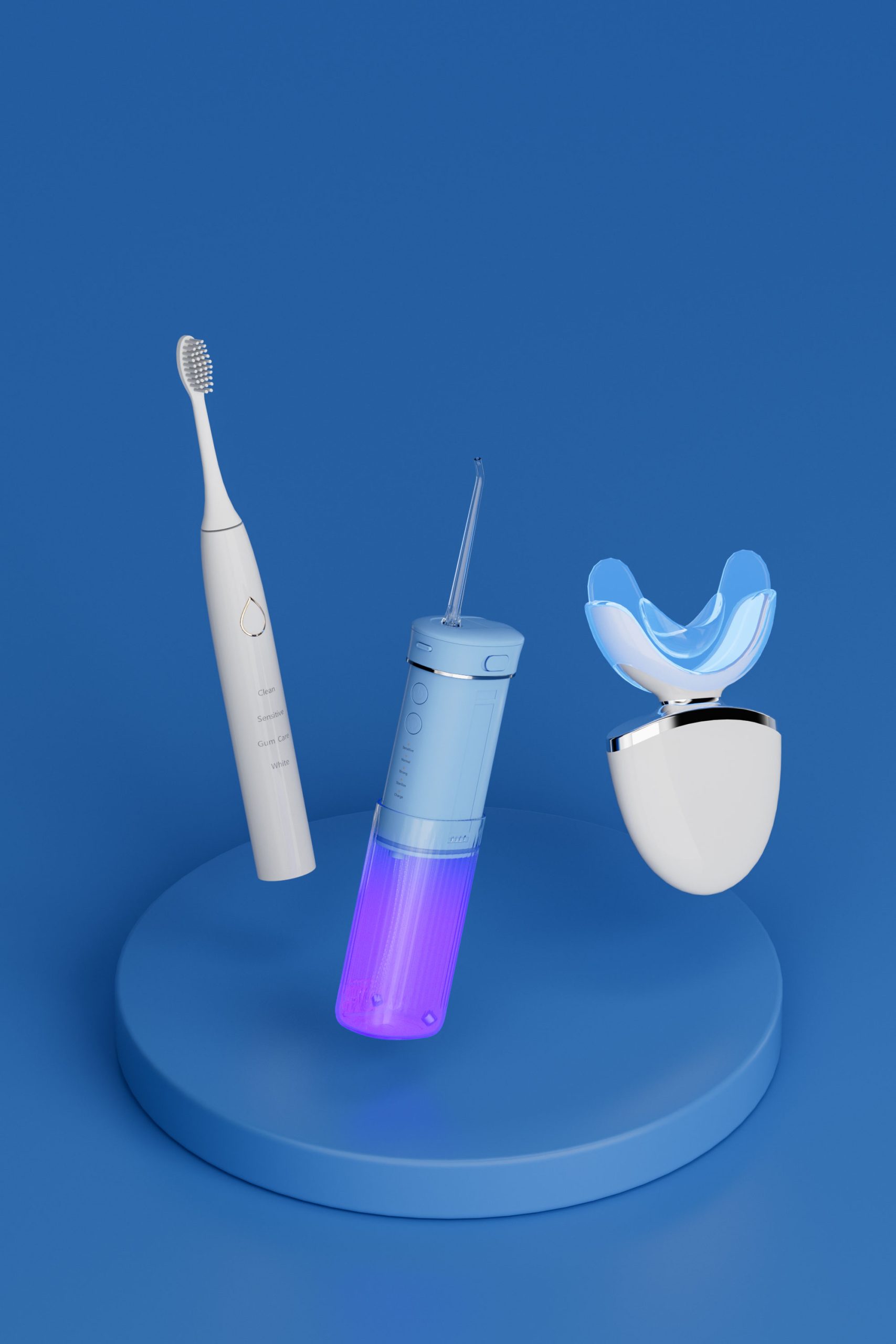
Benefits of Red & Blue Light Technology in Professional Teeth Whitening Kits
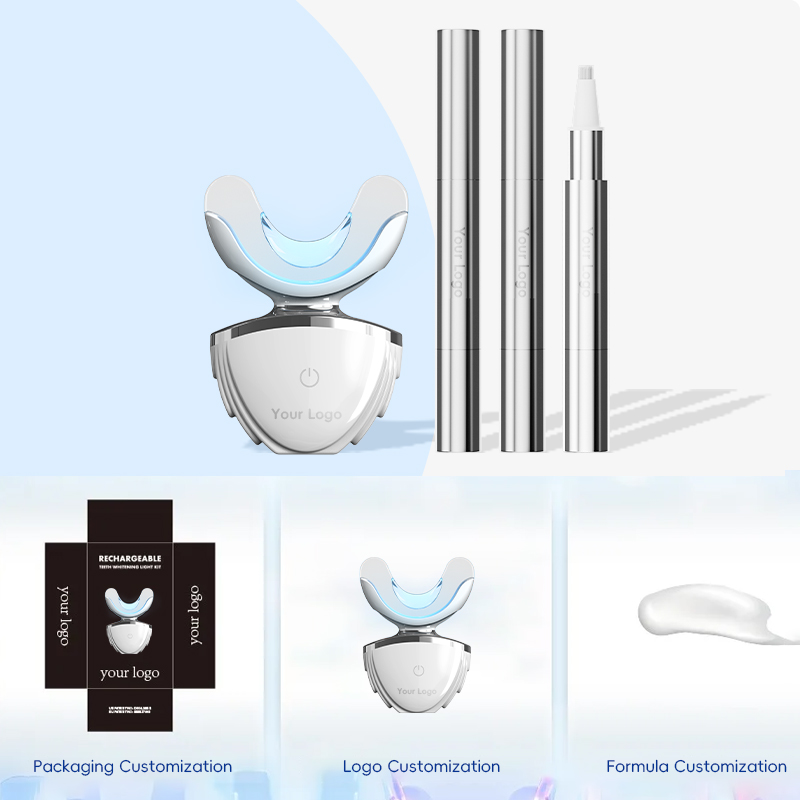
What is Teeth whitening LED light? Is it useful?

Mistakes to Avoid When Buying Wholesale Teeth Whitening Kits
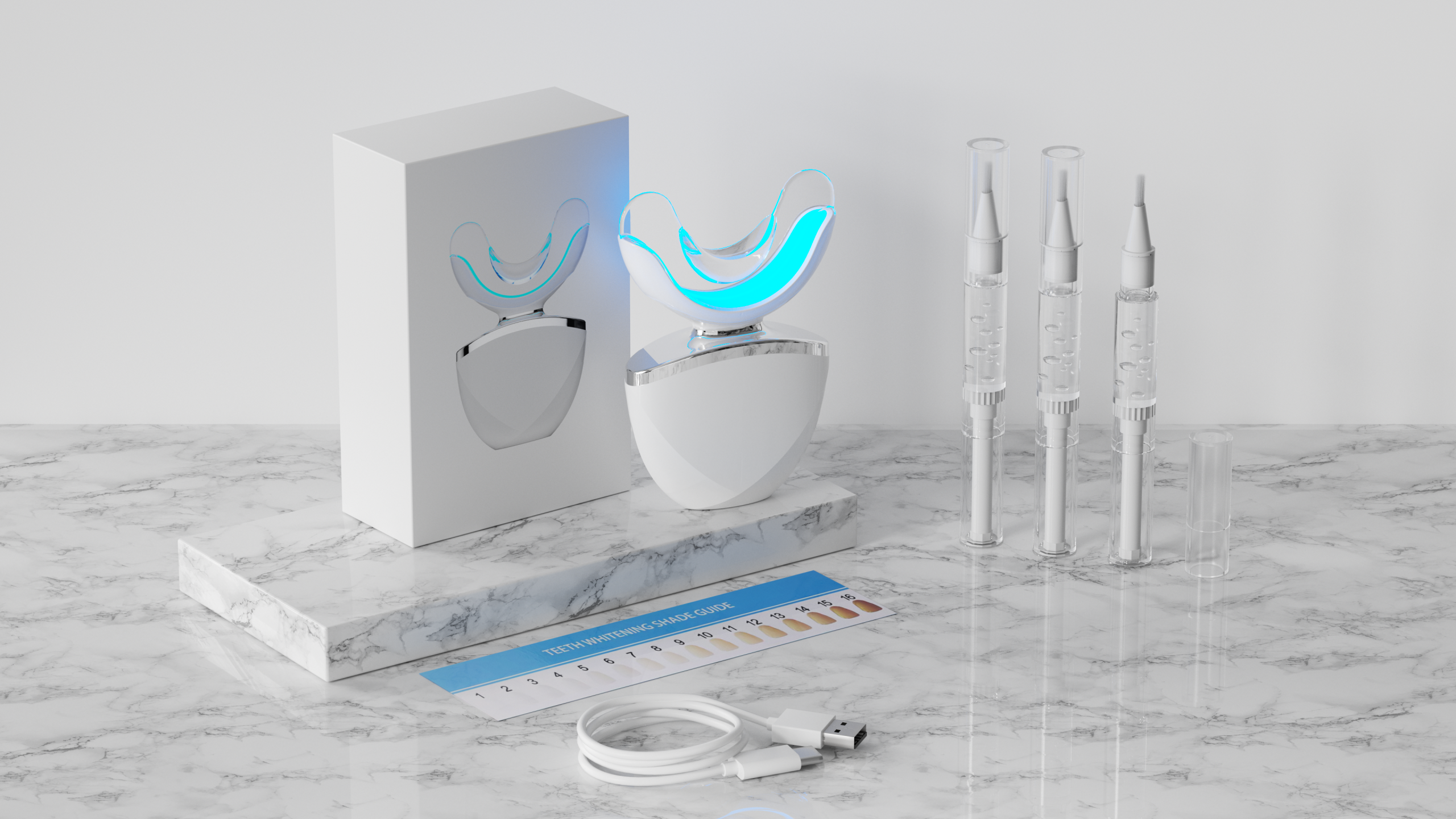
The Main Factors Contributing to the Rising Popularity of Household Teeth Whitening Products
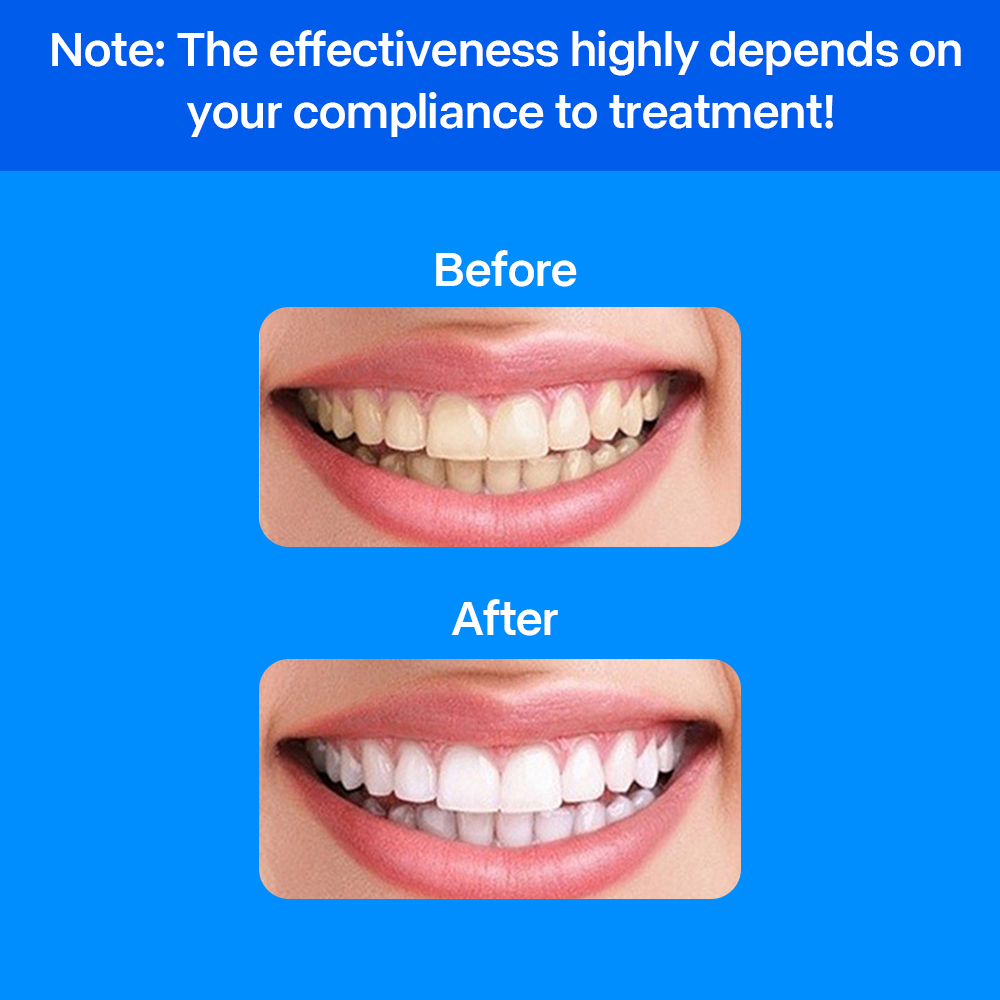
Are the effects of cold light teeth whitening permanent?

How Big Is the Teeth Whitening Market? Capitalize with LED Whitening Kit OEM
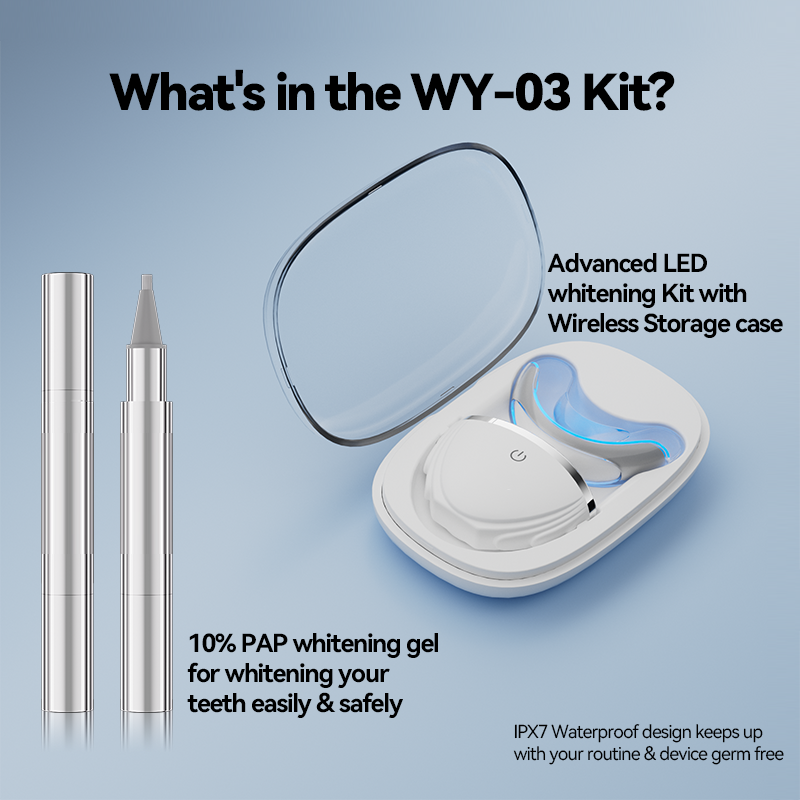
Clinical Results: Effectiveness of Home Teeth Whitening Device results
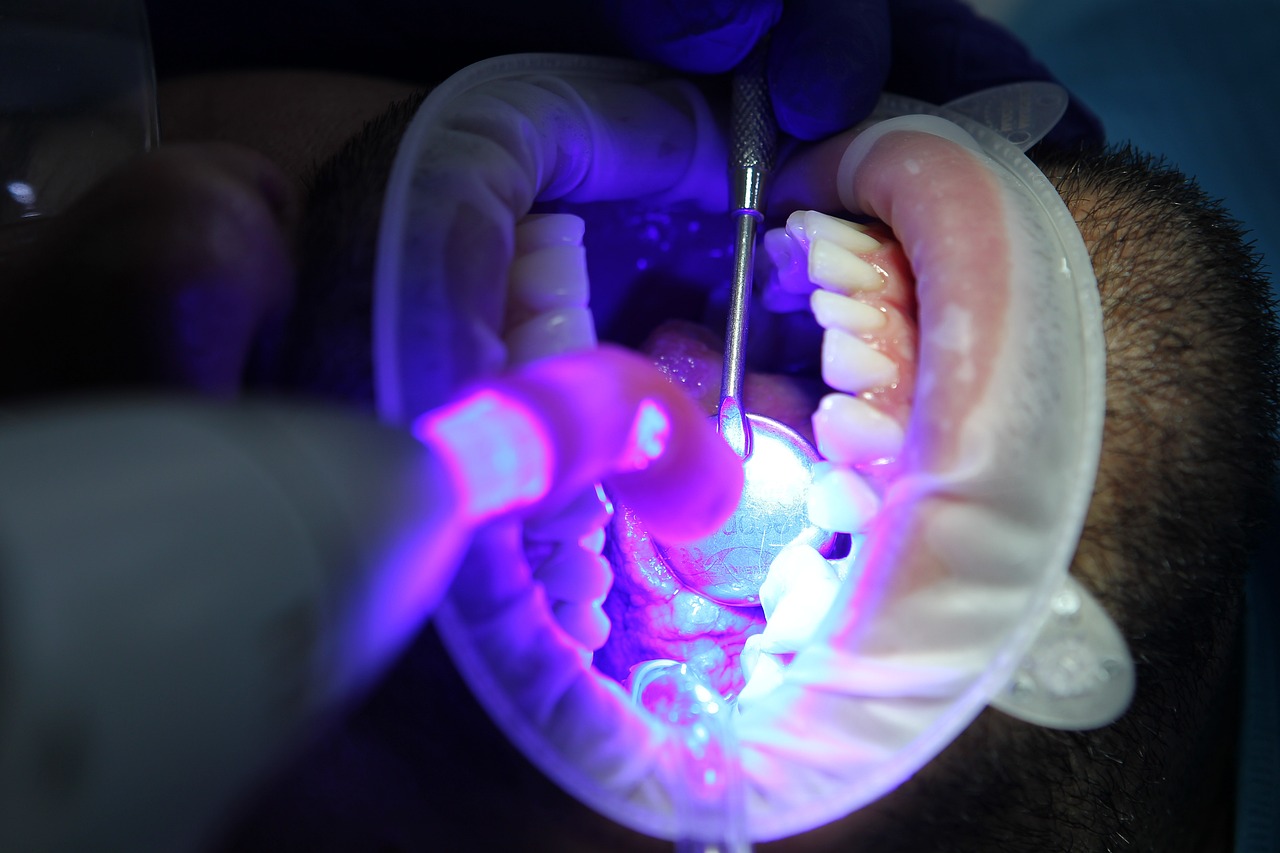
How to Start a Teeth Whitening Business
.jpg)
Does Teeth whitening gel guarantee Professional results?
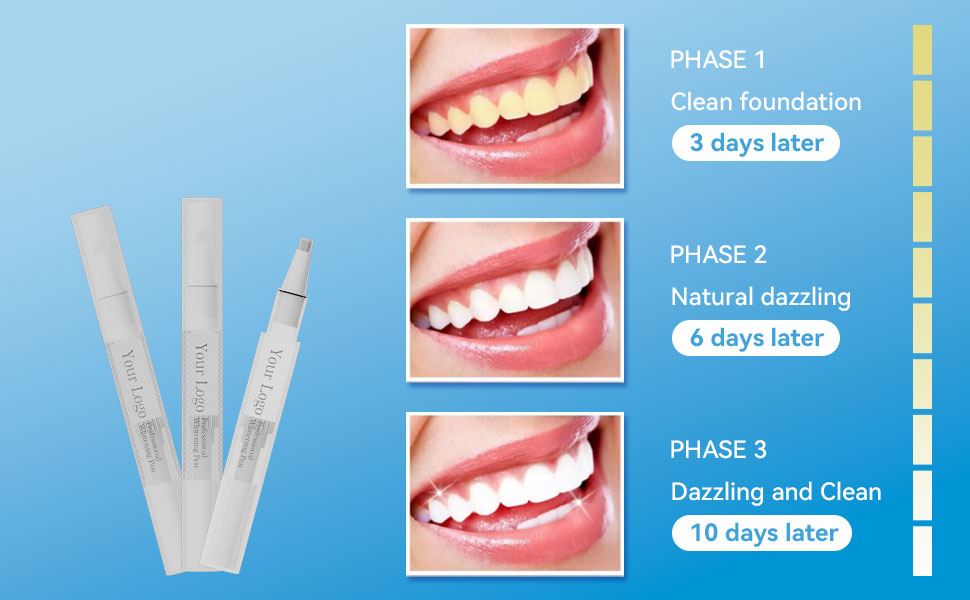
What is LED Teeth Whitening Kit and Usage Guide

Guide to Winning in Teeth Whitening business

The Power of Teeth Whitener & Toothbrush Bundles

electric toothbrush heads Regular Clean

electric toothbrush heads Deep Clean

electric toothbrush heads Charcoal Infuse-Round

Private Label Whitening Gel

Electric toothbrush heads Charcoal Infused-Diamond

electric toothbrush heads Ultra Soft

Customization Teeth Whitening Gel
.jpg)
Florida Electric Toothbrush – Powsmart PTR-C8
whstapp
whstapp
National Toll-Free Service Hotline
+86 755 86238638